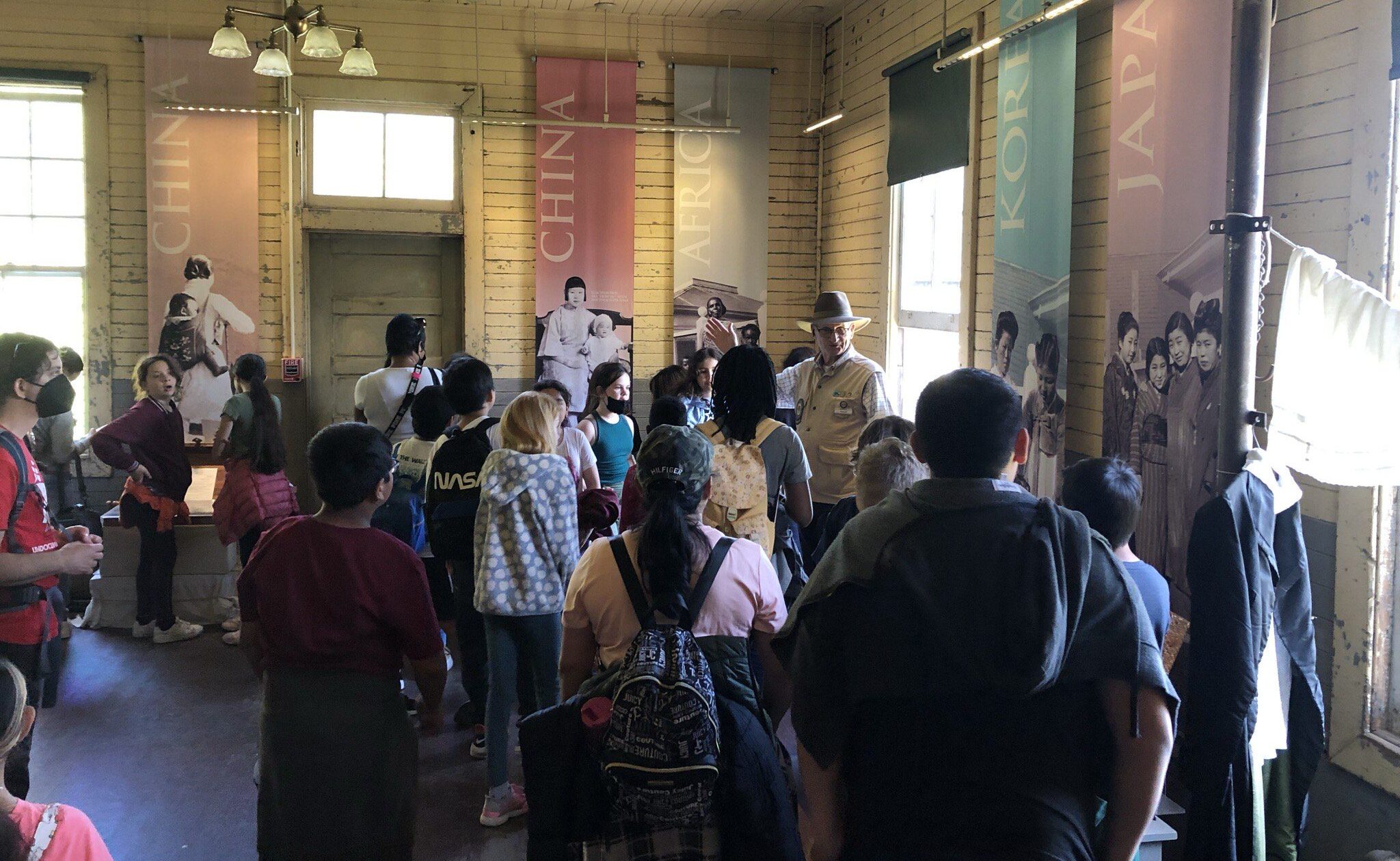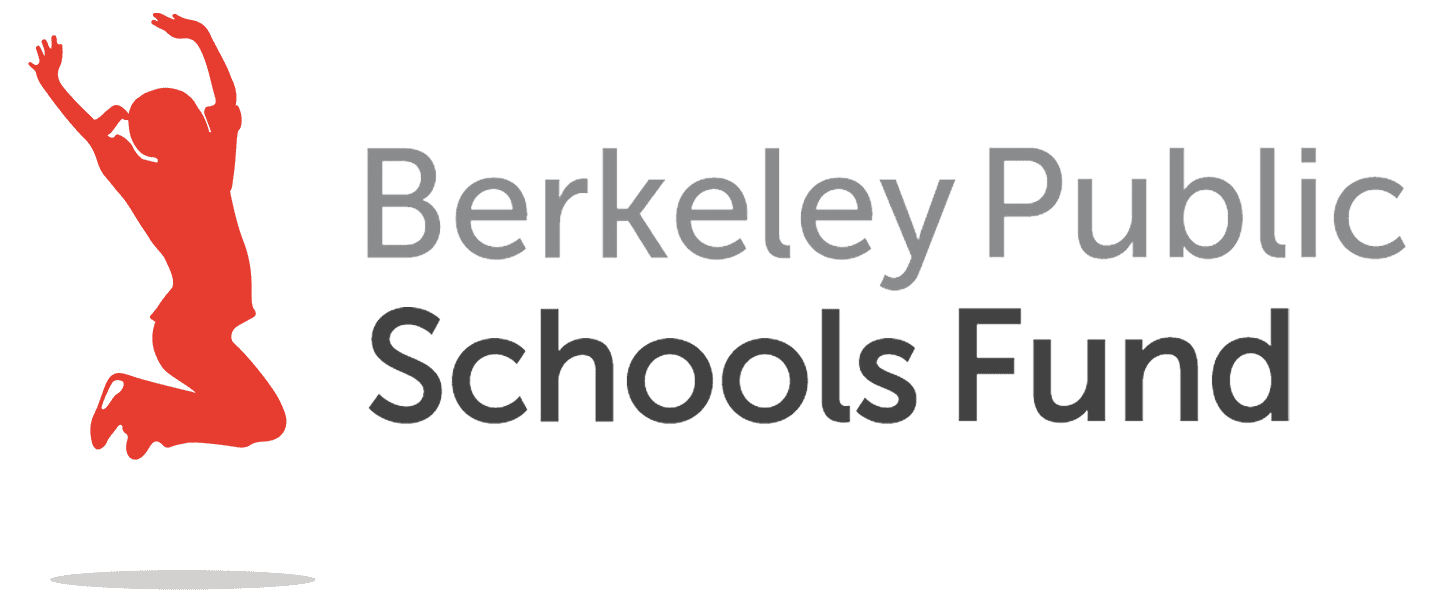History is not static—it changes based on the perspectives and experiences we bring to it. Rosa Parks fourth grade teacher Becky Lum understands this well and makes inclusivity and social justice core parts of how she teaches California history to her students.
Ms. Lum, along with fellow fourth grade teachers Susan Gatt and Angela Lara, used funds from their 2022-23 Berkeley Public Schools Fund LEARNING for Equity Grant to support the purchase of texts and field trip expenses to enhance their California history lessons. Last Spring, the fourth grade classes visited Angel Island. Lum, a Chinese American, knew that some of her family members had entered California through the Angel Island immigration station, but on their class field trip, she made an incredible discovery.

In a recent interview with the Schools Fund, Ms. Lum discussed her Angel Island discovery as well as her approach to making history engaging and relevant to all students. Here are some key takeaways from the conversation:
ON WEAVING IN SOCIAL JUSTICE
In her social studies curriculum, Ms. Lum seeks to highlight stories and voices that often get left out of traditional textbooks—like those of women, people of color, poor and working class people, and LGBTQ individuals. She wants her students to understand the struggles diverse groups have faced, as well as their important contributions. It’s about going well beyond key dates and big names.
She teaches that history can be examined through different lenses, but she always encourages her students to use the lenses of empathy, social justice, and equity. For example, when studying Native American and Indigenous stories, she asks students to think about identity—through name, religion, traditions, etc.—and what happens when that identity is denied, discouraged, or forcefully taken away. When talking about the California Gold Rush, her students learn about the discrimination faced by Chinese immigrants, and the crucial role they played in shaping the state’s development. And around Holocaust Remembrance Day, she engages her students in discussion about the Jewish diaspora, and how those stories connect to contemporary refugee stories of people fleeing a war situation in their homeland.
ON MAKING HISTORY RELEVANT TO ALL STUDENTS

Ms. Lum always tries to find connections between what her class is studying and the lives of her students and their families. Though times change, similar themes around discrimination, inequality, and justice often come up. She wants students to realize history isn’t just something that happens in textbooks—it influences their lives and communities every day.
For instance, when studying the internment of Japanese Americans during WWII, Ms. Lum encourages students to think about their own family stories of immigration, and the challenges their ancestors faced. When exploring the civil rights movement, she prompts students to consider what racial justice means today.
She shares that students connect most with historical stories featuring children and families, so she tries to center these whenever possible in her curriculum. She outlines how she weaves these stories from one topic to another throughout the year: “I always start the year off with Labor Day and talk about child labor and immigration in that context,” she shares, adding, “We talk about how people fight for the rights for children to even be at school, and understanding why that’s so important.” Discussions like this lead students to think about the privilege of getting an education and having the opportunity to read and write. That thread continues when they talk about refugee children who are not always able or allowed to go to school.
ON FINDING HER OWN FAMILY’S HISTORY
Bringing history to life is an art in and of itself. Ms. Lum had the rare opportunity to unearth a part of her own family’s history in real time while on her recent class field trip to Angel Island.
During the field trip, Ms. Lum came across memorial plaques (like the one pictured below) honoring Chinese immigrants who were detained there. To her surprise, she found multiple plaques for people with her family name “Lum” from Guangdong, the same town in China from which her grandfather had emigrated.

This provided Ms. Lum with the confirmation that her grandfather had indeed come to America as a “paper son”—taking on the identity of someone already in the US in order to immigrate at a time when there were strict quotas on Chinese immigration. It was a profound personal connection to the history she teaches about Angel Island and Chinese exclusion. Lum basked in the meaning of her own family history that was long mired in the silence of her elders.
The interview demonstrated Ms. Lum’s commitment to teaching history in a way that empowers all students. She showed how she brings the narratives of diverse communities to the center—and helps students draw important connections between past and present. Lum and her colleagues show that inclusive history education can make for a just future.


